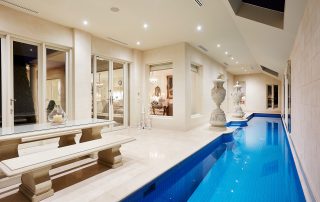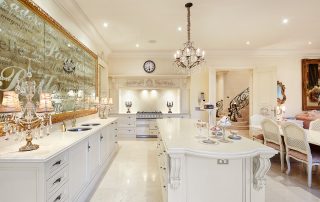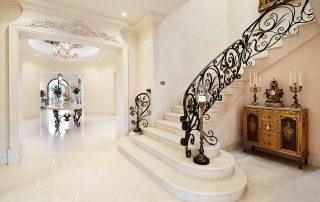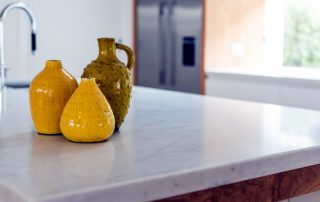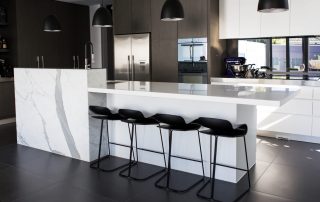5 Mistakes Homeowners Make with Marble Sealing (and How to Avoid Them)
Sealing marble is essential to protecting your stone surfaces — but even sealed marble isn’t immune to damage. At Mirror Image Marble, we often see beautiful benchtops and bathroom surfaces that were sealed but still show signs of wear, staining, or etching. The reason? Simple mistakes in care or maintenance after sealing.
If you’ve recently invested in marble sealing or are planning to, make sure you avoid these five common mistakes:
1. Using the Wrong Cleaning Products
Many supermarket cleaners are too harsh for sealed marble. Products that contain vinegar, bleach, lemon, or ammonia can break down the sealer and damage the marble underneath. Even natural-sounding products aren’t always pH-neutral.
What to do instead: Use a cleaner specifically designed for natural stone. Better yet, ask your marble technician for their recommendation after sealing.
2. Assuming Sealing Marble Makes It Scratch-Proof
Sealing marble protects against liquids and stains, but it won’t stop scratches or chips from hard impacts. Dragging pots, cutting directly on the surface, or placing heavy items on corners can still damage sealed stone.
What to do instead: Use cutting boards, trivets, and soft pads under appliances or furniture legs. Prevention goes hand-in-hand with sealing.
3. Forgetting to Reseal on Time
Marble sealer wears down over time, especially in high-traffic or frequently cleaned areas like kitchen benchtops and bathroom vanities. If you wait too long, the surface becomes exposed and vulnerable again.
What to do instead: Have your marble resealed every 6–12 months depending on usage. Not sure if it’s time? Do the water drop test — if water soaks in rather than beads, it’s time to reseal.
4. Layering DIY Sealers Over Old Sealer
A common DIY mistake is applying new sealer without removing the old layer or prepping the surface properly. This can lead to patchy results, trapped dirt, and reduced protection.
What to do instead: Professional marble sealing includes proper cleaning, polishing (if needed), and surface prep to ensure a flawless finish.
5. Ignoring Early Signs of Damage
Even with sealed marble, stains, dullness, or etching can happen — especially if acidic spills (like wine, coffee, or juice) sit too long. Ignoring these signs often means more invasive and expensive restoration later.
What to do instead: Get professional advice early. Mirror Image Marble can assess your surface and recommend polishing, resealing, or stain removal before the damage worsens.
Protect Your Investment with Expert Marble Sealing
Sealing marble is one of the best ways to preserve its natural beauty — but only when it’s done right, and supported by the right care. At Mirror Image Marble, we specialise in professional marble sealing for Melbourne homes and businesses, using premium sealers and proven techniques.
We’ll assess your surface, apply the ideal sealer, and give you guidance on keeping it protected for years to come.
Contact us today to book your marble inspection or sealing service.
Don’t wait until stains and damage appear—invest in professional marble protection today. Contact us for a consultation and discover the best sealing solution for your home or business.
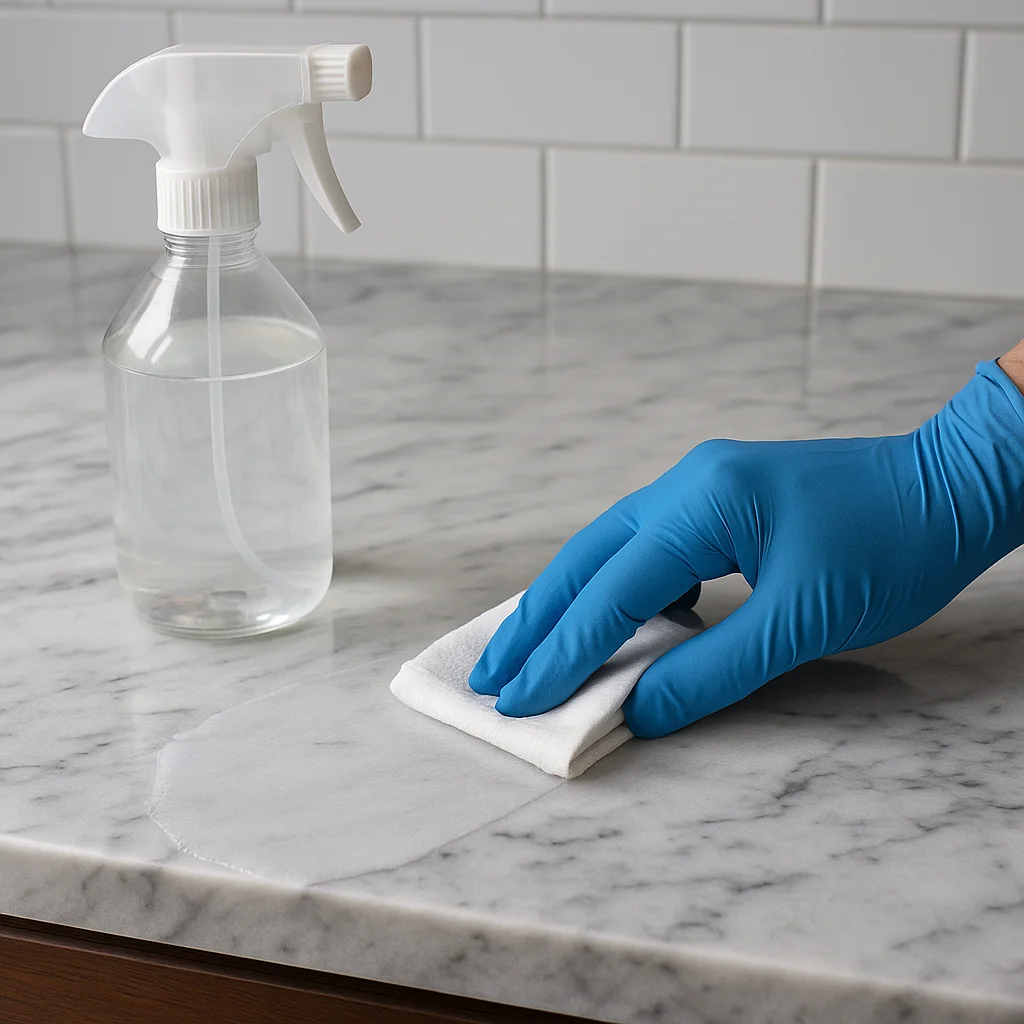
MirrorMirror Image Marble are Marble Sealing & Marble Protection Experts
GIVE US A CALL ON 03 9532 1758 NOW

